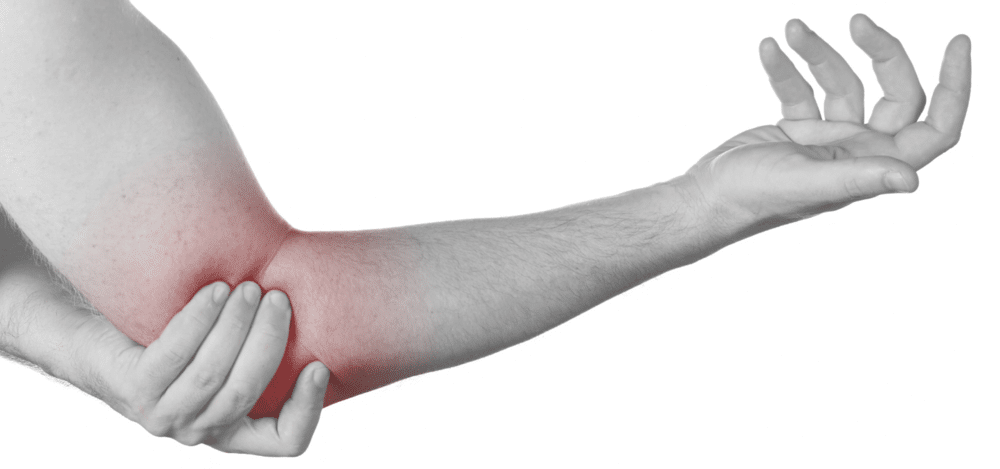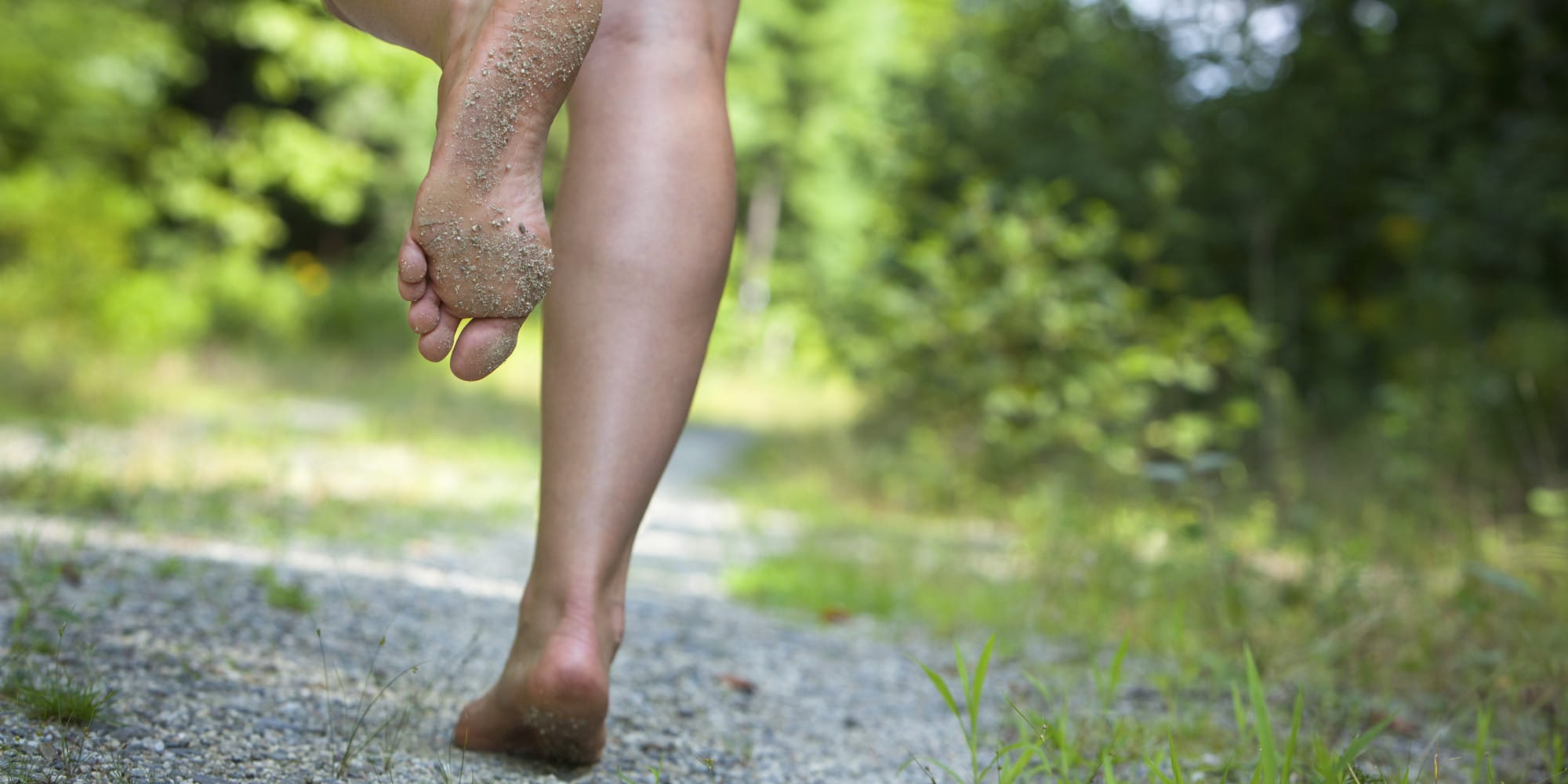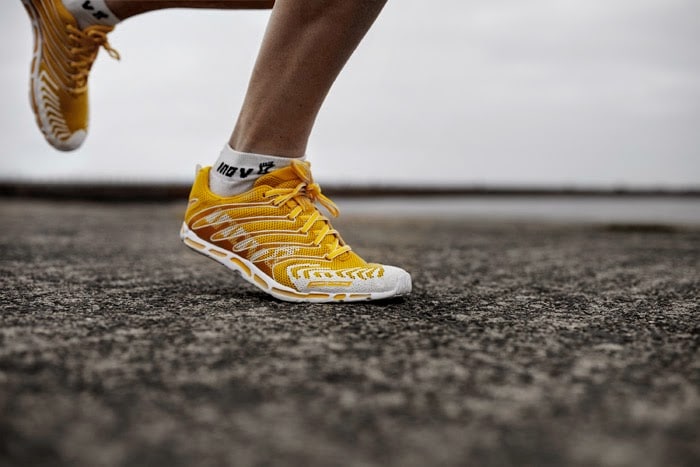
How to Treat Tennis Elbow?
elbow pain
elbow pain treatment
golfer's disease
golfers elbow
tennis elbow
tennis elbow cure
tennis elbow doctor
tennis elbow golfers
tennis elbow pain
tennis elbow physiotherapy
tennis elbow surgeon
tennis elbow surgery
tennis elbow treatment
What is tennis elbow?
Tennis Elbow is also known as lateral epicondylalgia, as the pain is felt around the lateral epicondyle – the outer aspect of the elbow.
Inflammation occurs where the forearm muscles attach to the bony part of the elbow. It is usually caused by repetitive movements or actions – not only tennis!
The tendon of the forearm muscles often becomes injured with repetitive use and tiny tears occur in the tendon which then leads to inflammation in the early stages resulting in deconditioning of the tendon.
Who gets tennis elbow?
People involved in repetitive work e.g., DIY, sports, computer, checkout staff and people who suddenly start an activity that they have not previously done – e.g. painting and decorating or taking up a new sport. People who repetitively use twisting and gripping actions e.g., plasterer and carpenter are also prone to this condition; however, tennis elbow can occur for no apparent reason.
Tennis elbow is most common in 30-50-year-old.
What are the symptoms?
Irritation of the tendon causes pain on the outer aspect of the elbow and this can refer into the forearm towards the wrist. The muscles of the forearm can also become tight and painful.
Most people find gripping and activities which involve extending the wrist are painful.
What is the prognosis?
Normally you should be able to return to all your normal activities within 12 weeks. However, you can still get occasional symptoms for up to two years.
What can I do?
Modify the activities that bring on your symptoms
Try to avoid aggravating activities as much as possible, typically gripping, twisting and lifting in the affected arm. Once the symptoms have settled down slowly return to these activities.
Pain management
Ice and anti-inflammatory gels/tablets can also help in the early stages. Always check with your doctor or pharmacist on what medication you should receive.
Physiotherapy
Physiotherapy has been shown to be useful in treating this condition. You will get exercises such as stretches and a specific tendon reloading exercise program (simple examples on the back page). Other physiotherapy options may be the manual therapy, Shockwave treatment, Kinesiotaping or Taping and acupuncture to decrease pain and help with healing of the tissue and tendon.
Supports and Splints
These may be useful to support and protect the elbow until the symptoms ease. Always consult your doctor and physiotherapist about the type of support you may need.
Steroid injection
If all the above measures are not successful, an injection of steroid into the painful area of the elbow may ease the pain. Your Orthopedic Surgeon or a trained doctor should get the injection done for you.
Surgery
If your tennis elbow persists despite the above treatments, an operation can be performed to remove the damaged part of the tendon. Only a small number of people go on to require surgery and is considered a very last resort.
This condition is typically slow and can take months to fully resolve. Should your symptoms continue to persist beyond 3 months with no signs of improvements, despite trying the advice given previously in this leaflet, then you should consult your doctor as you may need tailored or more invasive treatment.
Exercises to try
Elbow stretches
- Using your opposite thumb as an anchor place on the underside of the wrist on the painful side.
- Gently pull down your hand while keeping your elbow straight. You should feel a slight stretch along the forearm and into the elbow. Hold this for 20 seconds and repeat throughout the day.
Strengthening Exercise
- With your forearm rested on an arm rest place a small weight into your hand.
- Slowly lower the wrist and hand, remove the weight and cock the wrist. Replace the weight and slowly lower again. Repeat these 8 times and aim to do 4 sets.
(Pain can be temporarily increased following exercise)
Subscribe to get a free e-book
Related Articles

Why Sedentary Behaviour or Sitting Too Much Is Bad For Your Health

3 Best Ways to Address Back Pain, According to Science

Your Children’s Feet, Playing Sports, and Seeing a Podiatrist

Barefoot Running – Back to Basics

4 Effective Ways to Prevent Common Running Injuries

Forefoot Running – The Running Technique Gaining Speed
We are affiliated with best insurance provider


